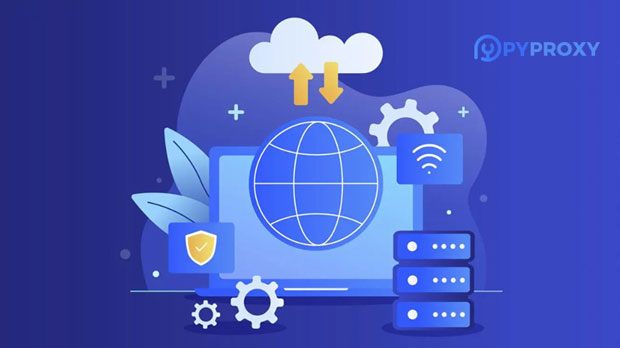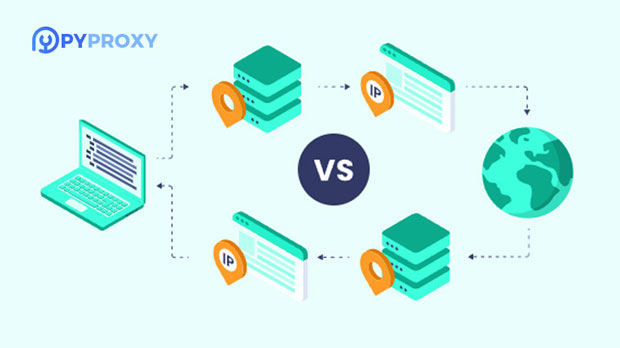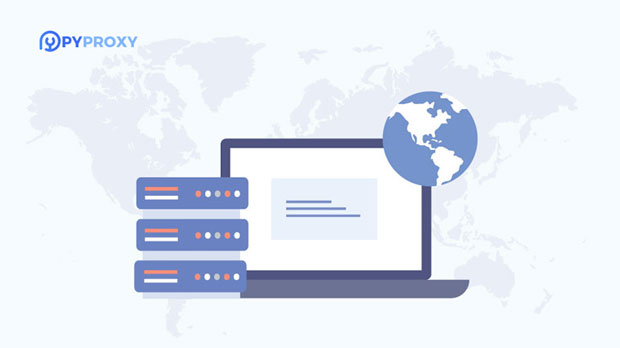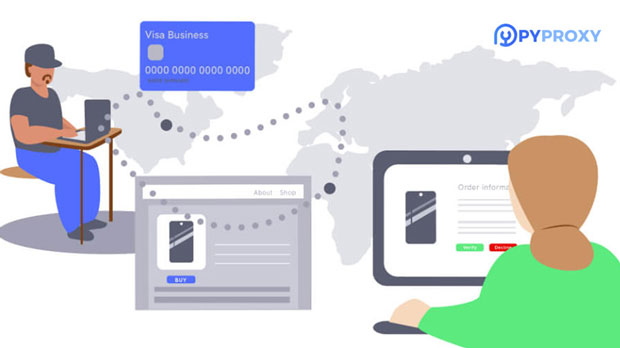DNS leaks have become a significant concern for internet privacy and security. When using a VPN or proxy, many users fail to realize that their DNS requests might still be sent to their ISP's DNS servers, potentially exposing their browsing activity to third parties. This leakage undermines the anonymity VPNs and proxies aim to provide. socks5 proxy servers, a popular choice for routing internet traffic, can be a crucial tool in mitigating DNS leaks. By properly configuring SOCKS5, users can ensure that DNS requests are routed through the proxy server, keeping their online activities anonymous. In this article, we will discuss how socks5 proxies help solve DNS leak issues and provide a deeper understanding of their practical applications for internet security. Understanding DNS Leaks and Why They MatterBefore diving into how SOCKS5 proxies help solve DNS leak issues, it’s essential to understand what DNS leaks are and why they are a significant problem for privacy. DNS, or Domain Name System, is like the phonebook of the internet, translating human-readable domain names into IP addresses that computers can understand. When you browse the internet, your computer needs to query DNS servers to resolve domain names into IP addresses.A DNS leak occurs when these DNS queries are sent outside of a secure VPN or proxy tunnel to a third-party DNS server, typically provided by the user's ISP. This can happen even when the user is connected to a VPN or using a proxy. In such cases, the user's internet traffic might be anonymized, but their DNS queries are exposed, revealing their online activity to the DNS server.For those who prioritize privacy and wish to hide their browsing activity from third parties, this leak is a serious vulnerability. A third party, such as an ISP or a malicious actor, can potentially track and monitor the websites a user is accessing, defeating the purpose of using a VPN or proxy in the first place.What is SOCKS5 Proxy and How Does It Work?SOCKS5 is a popular internet protocol that allows clients to route their internet traffic through a proxy server. It stands for "Socket Secure" and is the fifth version of this protocol. Unlike HTTP proxies, SOCKS5 works at a lower level in the network stack, which means it can handle any type of internet traffic, not just web browsing. This includes torrents, P2P file sharing, and other applications that require internet connectivity.SOCKS5 proxies have several advantages over other types of proxies. They do not modify or inspect the data being transmitted, allowing them to provide faster and more efficient performance. Additionally, SOCKS5 supports authentication, meaning only authorized users can access the proxy server. However, SOCKS5 is often seen as more flexible and versatile than a standard HTTP proxy because it is not restricted to a specific protocol and can be used for a wider range of applications.While SOCKS5 proxies do not encrypt traffic like VPNs, they still help with anonymity by masking the user's IP address and routing traffic through the proxy server. This helps users evade restrictions, access geo-blocked content, and hide their actual location. How SOCKS5 Helps Prevent DNS LeaksTo mitigate DNS leaks using SOCKS5, the key lies in properly configuring your proxy setup to handle DNS requests correctly. By default, a SOCKS5 proxy routes all the internet traffic through the proxy server, but DNS requests might still leak outside the proxy tunnel if not set up correctly.To prevent DNS leaks, you need to ensure that DNS queries are also routed through the SOCKS5 proxy, not directly to your ISP’s DNS servers. Here are the steps and methods to achieve this:1. Configure DNS Settings in Your Operating System In many cases, the operating system may automatically send DNS queries directly to the ISP’s DNS servers, regardless of whether you're using a proxy. To avoid this, you should manually configure your DNS settings to use custom DNS servers that support privacy and security. Popular choices include Google DNS (8.8.8.8, 8.8.4.4), Cloudflare (1.1.1.1), or even DNS servers that are designed for privacy, such as OpenDNS.2. Ensure DNS Requests Go Through the Proxy Some applications and browsers have a setting to use DNS requests via the proxy. For instance, certain versions of Firefox allow you to route DNS requests through the proxy by selecting the option "Use DNS over HTTPS (DoH)" and specifying the SOCKS5 proxy as the endpoint. This ensures that DNS queries are encrypted and routed through the proxy, preventing DNS leaks. For other browsers or apps, you may need to use a third-party tool like "Proxifier" or "DNSLeakTest" to ensure that DNS requests are properly routed through the SOCKS5 proxy.3. Using SOCKS5 Proxy with a VPN One of the most effective ways to address DNS leaks is to use SOCKS5 in conjunction with a VPN. The VPN encrypts your entire internet connection, including DNS requests, while the SOCKS5 proxy can route your traffic through a third-party server to mask your IP. When combined, they can provide enhanced privacy and ensure that both your DNS queries and web traffic remain secure.4. Testing for DNS Leaks After configuring your SOCKS5 proxy setup, it's crucial to test for DNS leaks. There are several online tools available that can check if your DNS queries are being exposed. A simple DNS leak test will show if your ISP’s DNS servers are still being used, even though you’re connected to a proxy. If any leaks are detected, further configuration adjustments are necessary to route all DNS queries securely through the proxy.Advantages of Using SOCKS5 Proxy to Prevent DNS LeaksUsing SOCKS5 proxies to prevent DNS leaks offers several key advantages:1. Enhanced Anonymity: By routing both your internet traffic and DNS requests through the proxy, SOCKS5 helps maintain your privacy, preventing unauthorized parties from knowing which websites you visit.2. Bypassing Geo-restrictions: SOCKS5 proxies can also help you bypass geographic restrictions, giving you access to content that may be blocked in your region.3. No Speed Impact: Unlike VPNs, which can sometimes slow down internet speeds due to encryption, SOCKS5 proxies do not encrypt traffic, ensuring minimal speed loss while still providing anonymity.4. Compatibility with Multiple Applications: SOCKS5 works with a variety of applications, including torrents, VoIP services, and other non-web traffic, giving users a versatile tool to ensure their privacy across all types of internet use.ConclusionIn summary, DNS leaks represent a significant privacy issue for users who rely on VPNs or proxies to secure their online activity. SOCKS5 proxies, when properly configured, can effectively solve DNS leak problems by ensuring that DNS queries are routed through the proxy server instead of leaking to an ISP's DNS servers. By taking the necessary steps to configure your DNS settings, test for leaks, and possibly use SOCKS5 in conjunction with a VPN, you can greatly improve your online privacy and security. For anyone serious about maintaining anonymity online, addressing DNS leaks with a SOCKS5 proxy is an essential step.
Dec 25, 2024
![arrow]()



















































